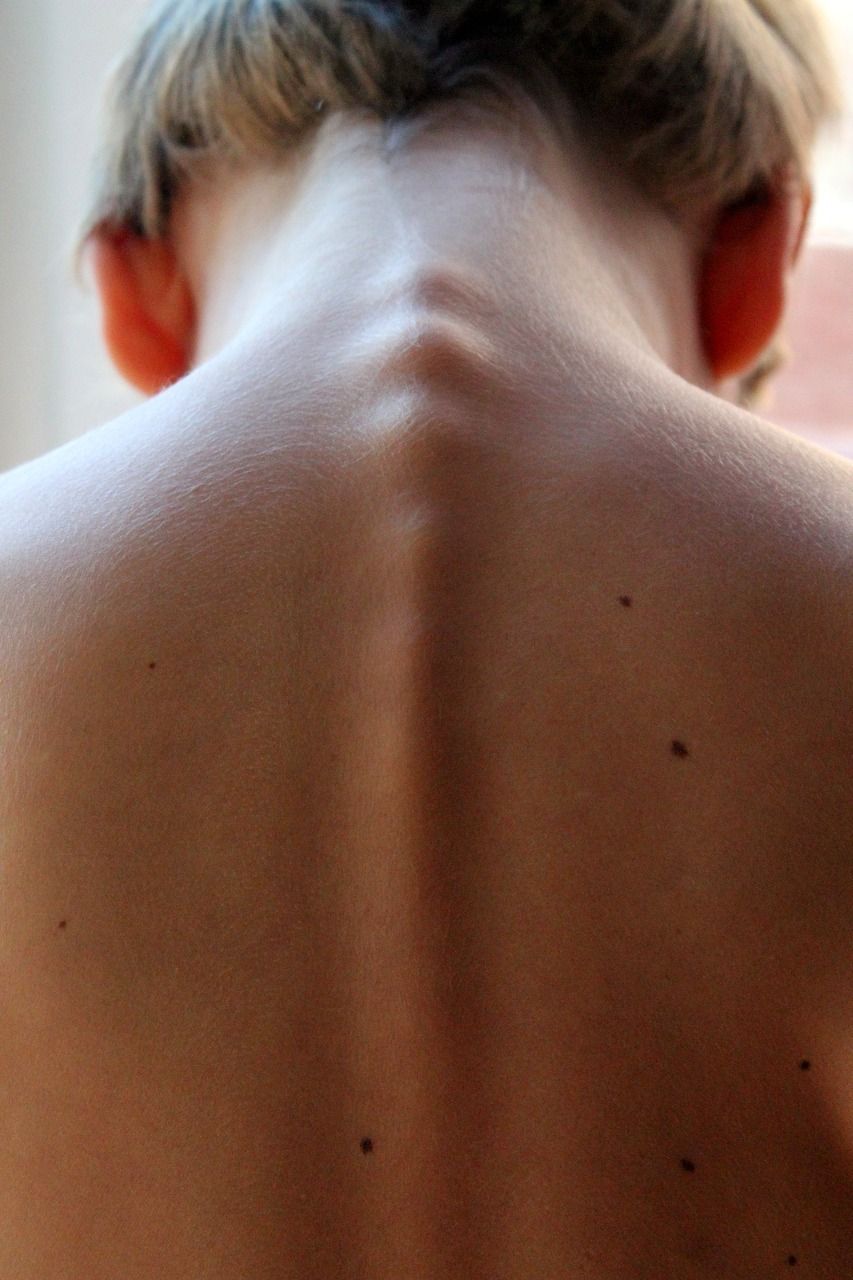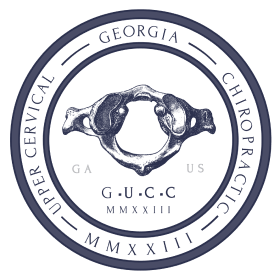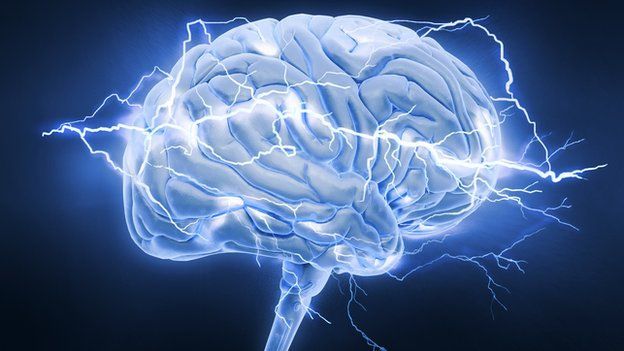Benign Paroxysmal Positional Vertigo (BPPV): Causes & Treatments
Benign paroxysmal positional vertigo (BPPV) is an inner ear condition. It is the most common cause of vertigo, a symptom that makes you feel intense dizziness and a spinning sensation.
There are two main types of BPPV, canalithiasis and cupulolithiasis, although there is some evidence that nervous system disorders may cause different types of the condition, as well. Canalithiasis is more common and short term. Cupulolithiasis causes longer-term symptoms.
BPPV isn’t life threatening if left untreated, but it can make daily life more challenging.
Symptoms of BPPV
The symptoms of BPPV are often sudden and worrisome. Some patients report fears that they may be experiencing a stroke, especially if they don’t have a history with vertigo.
What are the symptoms of BPPV? Symptoms of BPPV include vertigo, or a spinning sensation, nausea, vomiting, lightheadedness, and unsteadiness.
Many patients with vertigo also experience nystagmus, or involuntary eye movements.
How long does benign paroxysmal positional vertigo last? An episode of BPPV typically lasts for a few minutes, but BPPV can become a recurring condition. Without treatment, BPPV can last up to several months.
BPPV can go away on its own, but may cause a number of problems if left untreated, especially in older adults. Those complications include an increased risk of accidents, falls, and fractures.
The condition can also affect a patient’s mental health, particularly if persistent attacks lead to issues with daily life.
There is some research that shows elderly patients with a history of BPPV are also at a higher risk of ischemic strokes , although the reason why is not yet clear.
Causes of BPPV
BPPV is primarily an inner ear problem affecting the calcium carbonate crystals, or otoconia, in the inner ear. Those crystals help your body detect motion, communicating with your brain about your body’s position.
When the crystals are not where they should be, BPPV and its range of symptoms can occur.
What causes BPPV? BPPV is caused by calcium carbonate crystals in the inner ear detaching from the utricle, an otolith organ, and migrating to other areas of the inner ear, like the posterior semicircular canals.
In rare cases of BPPV, the crystals may migrate to the anterior canal , a higher part of the inner ear.
The calcium crystals, or “ear rocks,” are a key component of your body’s vestibular system. Miscommunication within that system makes it difficult for your body to handle even simple head movements. The result is the dizziness and disorientation associated with BPPV.
In patients with longer-term symptoms, those crystals may have attached to the cupula in the inner ear on the affected side, rather than floating freely with short-term BPPV attacks.
What triggers BPPV attacks? Triggers for BPPV attacks include sudden head movements or body position changes, high-intensity exercises, or a blow to the head.
One of the most common external causes of BPPV is head trauma. While BPPV is most common in women over 60, a head injury at any age can cause BPPV and vertigo symptoms. This includes whiplash following a car accident.
There are several additional risk factors associated with BPPV:
- Long-term hospitalization
- Long bed rest
- Complications after inner ear surgery
- Changes in sleep patterns
- Chronic sleep deprivation
- History of migraines
- Inner ear infections
- Inner ear/vestibular disorders (e.g. Meniere’s disease )
Diagnosing BPPV
A diagnosis of BPPV may include:
- A detailed medical history
- A physical exam
- Questions about your episodes of vertigo
- Vertigo-causing maneuvers (that are safely conducted)
- MRI (in rare cases)
They may look for any hearing loss in the affected ear. If this is the case for you, an audiologist referral may be necessary.
The most common test for BPPV is the Dix-Hallpike test, or Dix-Hallpike maneuver :
- A healthcare professional will help you through a particle-repositioning maneuver to essentially trigger vertigo symptoms, starting by asking you to sit on the exam table with your head turned to the affected ear.
- They will then help you slowly lower your head and torso back to the edge of the table, with your head turned at a 45-degree angle and slightly hanging off the edge.
- This movement should trigger BPPV symptoms within 5-30 seconds, particularly dizziness and nystagmus, if you do have this condition.
If there is uncertainty about the affected side, your doctor may repeat the exercise with your head position the opposite way. In some cases, moving the position of the head in this way relieves vertigo symptoms immediately.
In rare cases of BPPV, your doctor may recommend additional testing, such an MRI or other imaging tests, if there are other concerning symptoms at play.
If this isn’t the first time you’ve experienced BPPV symptoms, a primary care physician or physical therapist can all help you with at-home treatment plans for your vertigo.
BPPV Treatments
BPPV may resolve itself — no treatment required. Left untreated, however, BPPV symptoms may also return month after month. While there is no cure for BPPV, there are a number of effective treatments out there for rapid, long-lasting relief of vertigo symptoms.
How is BPPV treated? BPPV is typically treated using a series of physical therapy and canalith repositioning maneuvers that gently return the crystals in your inner ear where they belong. Medications or lifestyle changes may also be prescribed.
These treatments may come as part of a broader vestibular rehabilitation program, where you’ll address problems with the inner ear on top of difficulties with balance, posture, and stability.
Exercises that treat BPPV:
- Epley maneuver
- Semont maneuver
- Brandt-Daroff exercise
Do not attempt any exercises to treat BPPV on your own for the first time. A physical therapist or provider trained in canalith repositioning procedures should model any BPPV exercises for you first.
Medications that treat BPPV symptoms:
- Anti-nausea medications, e.g. scopolamine
- Motion sickness medications, e.g. dimenhydrinate
- Antihistamines used to treat and prevent nausea, e.g. meclizine and promethazine
Your doctor may prescribe medications to treat your dizziness and severe nausea symptoms. It’s important to note that those medications are not treating the underlying cause of your BPPV, and should not be part of your first course of treatment with the condition.
Lifestyle changes and home remedies that treat BPPV:
- Sleep on the side not affected by BPPV.
- Sleep with your head elevated.
- Avoid sudden head movements, especially when waking up or bending down.
- Practice at-home vertigo exercises.
- Manage stress, follow a healthy diet, and stay well-hydrated.
- Practice consistent sleep health.
In many cases, BPPV is triggered by common daily movements. If you’re in the middle of a series of BPPV attacks, certain lifestyle changes until symptoms subside may offer some relief.
In rare, more severe cases of BPPV, your doctor may recommend surgeries that work by plugging part of the inner ear to keep the calcium crystals from migrating. Surgery also comes with risks, and there is no guarantee you won’t have the same issue on the other ear.
When To See A Doctor
If you are suffering from persistent vertigo , worried about dizziness symptoms affecting your daily life, and unable to address intense dizziness with at-home remedies, you should call a doctor.
If you’re experiencing worrying symptoms alongside your vertigo, such as hearing loss or intense pain in the affected side, call your doctor right away.
Chiropractic care can also become an important piece of your vertigo treatment plan.
Many cases of vertigo are caused by misalignment in the vertebra of the upper cervical spine. At Georgia Upper Cervical Chiropractic, we use a series of precise repositioning maneuvers to readjust the vertebra that may be causing your dizziness symptoms.
Ready to get to the root of your problem with chiropractic care? We’re currently accepting new patients at our Ball Ground office.
Sources
- Ma, X., Jing, Y. Y., Xia, R. M., & Yu, L. S. (2009). Zhonghua er bi yan hou tou jing wai ke za zhi = Chinese journal of otorhinolaryngology head and neck surgery, 44(5), 377-380. Abstract: https://pubmed.ncbi.nlm.nih.gov/19567045/
- Kao, C. L., Cheng, Y. Y., Leu, H. B., Chen, T. J., Ma, H. I., Chen, J. W., Lin, S. J., & Chan, R. C. (2014). Increased risk of ischemic stroke in patients with benign paroxysmal positional vertigo: a 9-year follow-up nationwide population study in taiwan. Frontiers in aging neuroscience, 6, 108. Full text: https://www.ncbi.nlm.nih.gov/pmc/articles/PMC4040439/
- Bhandari, A., Bhandari, R., Kingma, H., & Strupp, M. (2021). Diagnostic and Therapeutic Maneuvers for Anterior Canal BPPV Canalithiasis: Three-Dimensional Simulations. Frontiers in neurology, 12, 740599. Abstract: https://pubmed.ncbi.nlm.nih.gov/34630309/
- Chen, J., Zhao, W., Yue, X., & Zhang, P. (2020). Risk Factors for the Occurrence of Benign Paroxysmal Positional Vertigo: A Systematic Review and Meta-Analysis. Frontiers in neurology, 11, 506. Full text: https://www.ncbi.nlm.nih.gov/pmc/articles/PMC7324663/
- Kim, S. K., Kim, J. H., Jeon, S. S., & Hong, S. M. (2018). Relationship between sleep quality and dizziness. PloS one, 13(3), e0192705. Full text: https://www.ncbi.nlm.nih.gov/pmc/articles/PMC5841657/
- Davcheva-Chakar, M., Kopacheva-Barsova, G., & Nikolovski, N. (2019). Simultaneous Presentation of Benign Paroxysmal Positional Vertigo and Meniere’s Disease – Case Report. Open access Macedonian journal of medical sciences, 7(21), 3626-3629. Full text: https://www.ncbi.nlm.nih.gov/pmc/articles/PMC6986504/
- Talmud JD, Coffey R, Edemekong PF. Dix Hallpike Maneuver. [Updated 2021 Dec 19]. In: StatPearls [Internet]. Treasure Island (FL): StatPearls Publishing; 2022 Jan-. Full text: https://www.ncbi.nlm.nih.gov/books/NBK459307/


Ready to Make an Appointment?
We serve patients in Ball Ground, GA.

